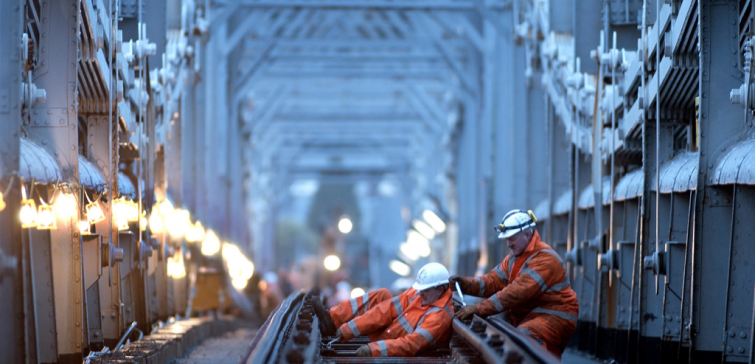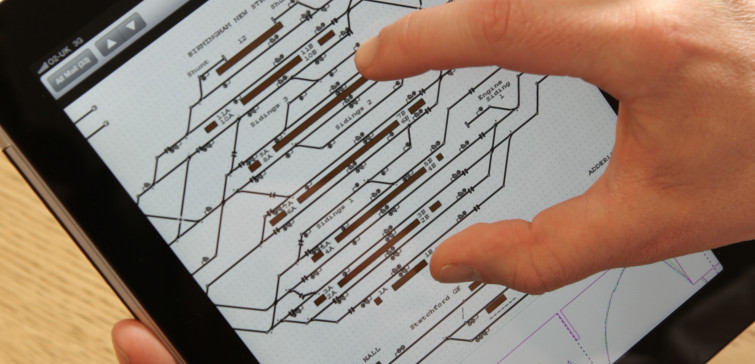Asset policy
Network Rail has extensive experience of delivering assurance services reinforced by its outstanding safety culture and performance record. We are an industry-leader in the implementation of processes and tools in assurance and compliance to provide continuous improvement.
Asset policy
Customers need to be confident that the application of company standards, policies and procedures are being applied consistently to deliver a safe and reliable service.
From initial specifications through interpretation, implementation, constraint by funds, resources or access, the customer needs to understand whether compliance is achieved and where not the level of risk they may have and how it can be managed or mitigated.
Asset policy
We have a team of technically competent individuals who can provide a range of monitoring or auditing assurance services. These can include:
- practical and technical advice on the interpretation and implementation of policy, standards and specifications, including the application of controls or risk management
- assurance that new infrastructure is being designed and constructed with safety by design, lowest whole life cost and Operations and Maintenance requirements are built in
- a structured process that gives assurance that suppliers are delivering products and systems that are fit-for-purpose and meet safety reliability requirements
- the development of cost effective audit protocols
- advice on effectiveness of current assurance regimes
- KPI development, collation, interpretation and reporting
- benchmarking of activities, both internally and externally
- independent and impartial audits or audit support
- incident and accident investigation.









